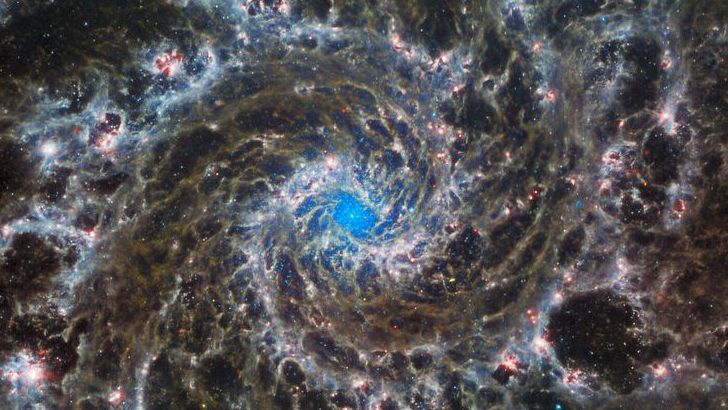The Record-Setting Wind Power Champion

Picture this: in March 2025, Iowa generated an incredible 80.1% of its total electricity from wind power, setting a new state record. This isn’t just some lucky accident – Iowa leads the nation with 59% of its electricity net generation coming from wind, the largest wind power share of any state. What started as a prairie state known for corn has transformed into America’s wind energy powerhouse. The numbers are mind-blowing: Iowa boasts over 12,200 megawatts of installed capacity through more than 6,000 wind turbines, ranking second nationally in total wind power capacity. But here’s where it gets really interesting – these towering giants aren’t just lighting up Iowa homes. The excess power is sent to other states over the regional electric grid, making Iowa a major energy exporter that’s literally powering neighboring states.
Manufacturing Muscle Behind the Turbines
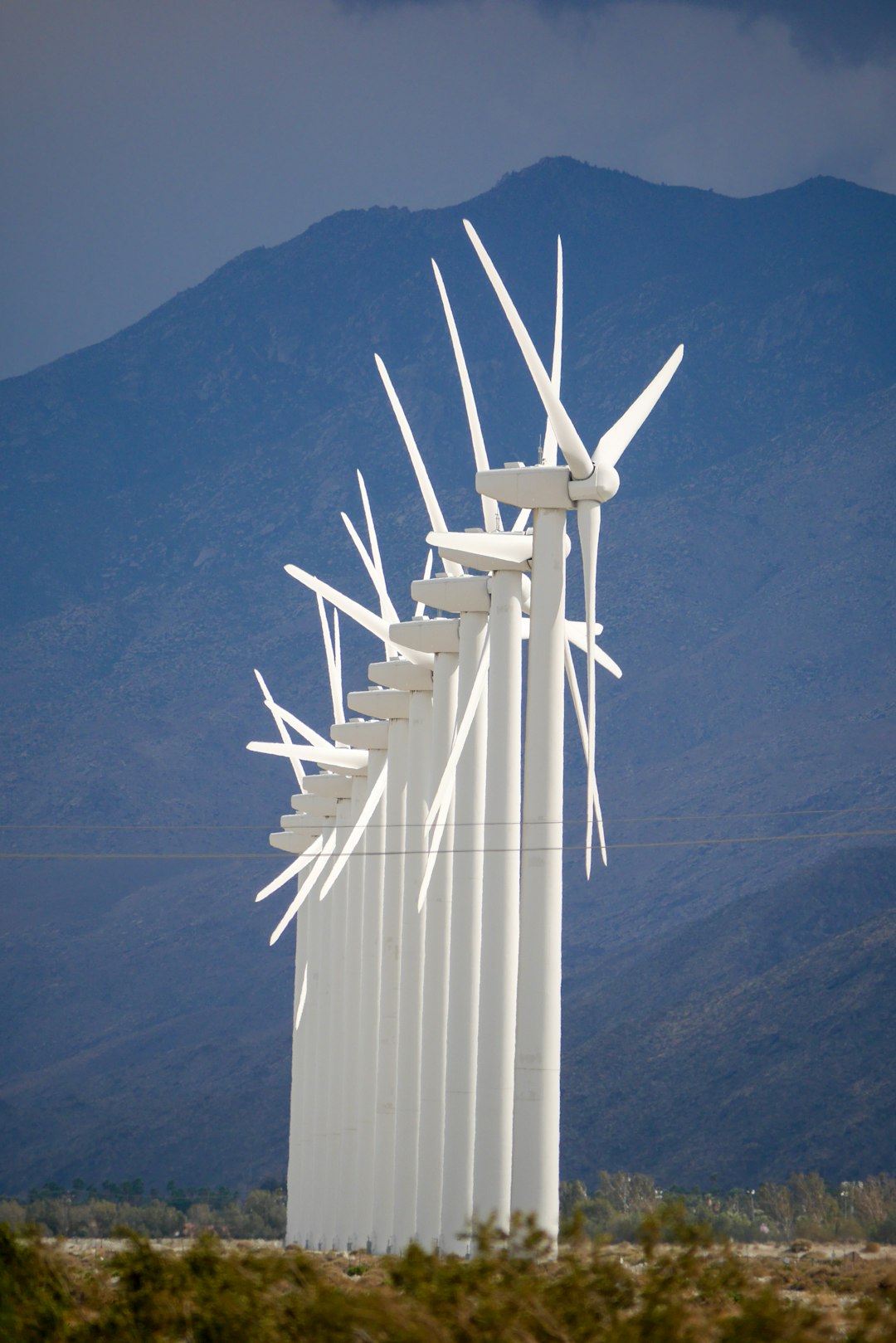
Think wind energy is just about spinning blades? Think again. Iowa has built an entire manufacturing ecosystem around wind power that’s creating thousands of jobs. Blades for wind turbines are manufactured in Newton by TPI Composites and in Fort Madison by Siemens, while towers are also manufactured in Newton by Arcosa. The Siemens facility alone is massive – the wind turbine blade factory in Fort Madison can produce more than 2000 blades annually, with a plant expansion bringing the facility up to nearly 600,000 square feet. These aren’t just any blades either – the facility manufactures 148-foot long, 12-ton blades for the company’s 2.3-MW wind turbines. Iowa has about 9,000 direct and indirect jobs now, including manufacturing jobs at 11 wind-related manufacturing facilities. It’s like having Detroit for wind energy right in the heartland.
Ethanol Plants Running on Prairie Power
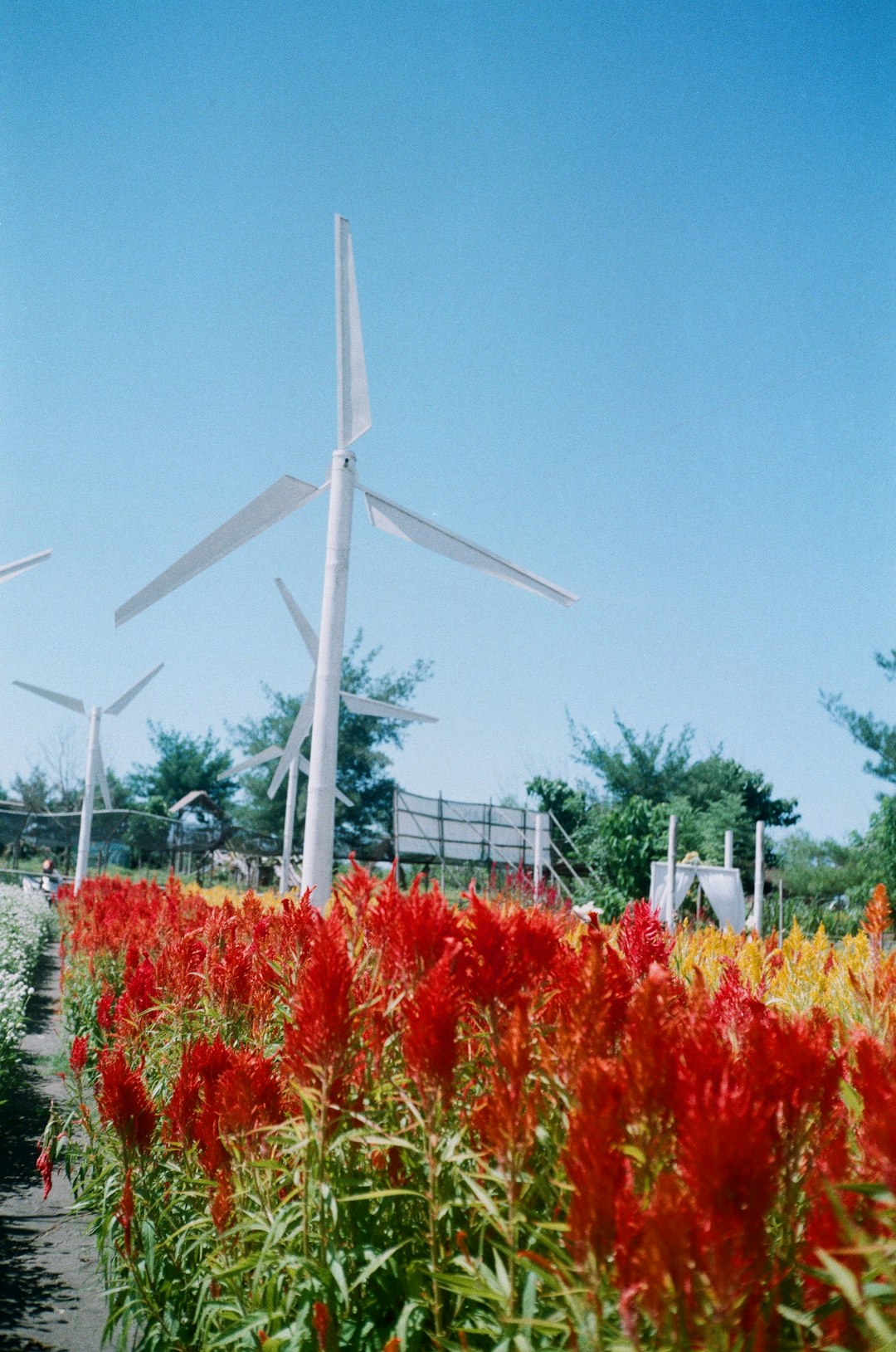
Here’s something that might surprise you: Iowa’s wind farms are directly powering the state’s massive ethanol industry. Power from the Iowa Lakes Superior and Iowa Lakes Lakota projects is used by ethanol fuel plants in their respective communities. This creates a perfect renewable energy circle – Iowa’s 41 ethanol plants can produce about 4.9 billion gallons per year, and Iowa leads the nation in ethanol production, creating nearly 30% of all U.S. ethanol, with Iowa’s ethanol industry producing more than 4.1 billion gallons annually. Think about it: ethanol is made from corn, and this industry uses about 40% of Iowa’s corn supply – that’s why trucking is so important here, with drivers bringing corn to the plants and then delivering the finished product to many other industries across the states. Wind power is making this entire supply chain cleaner and more sustainable.
Rural Communities Striking It Rich
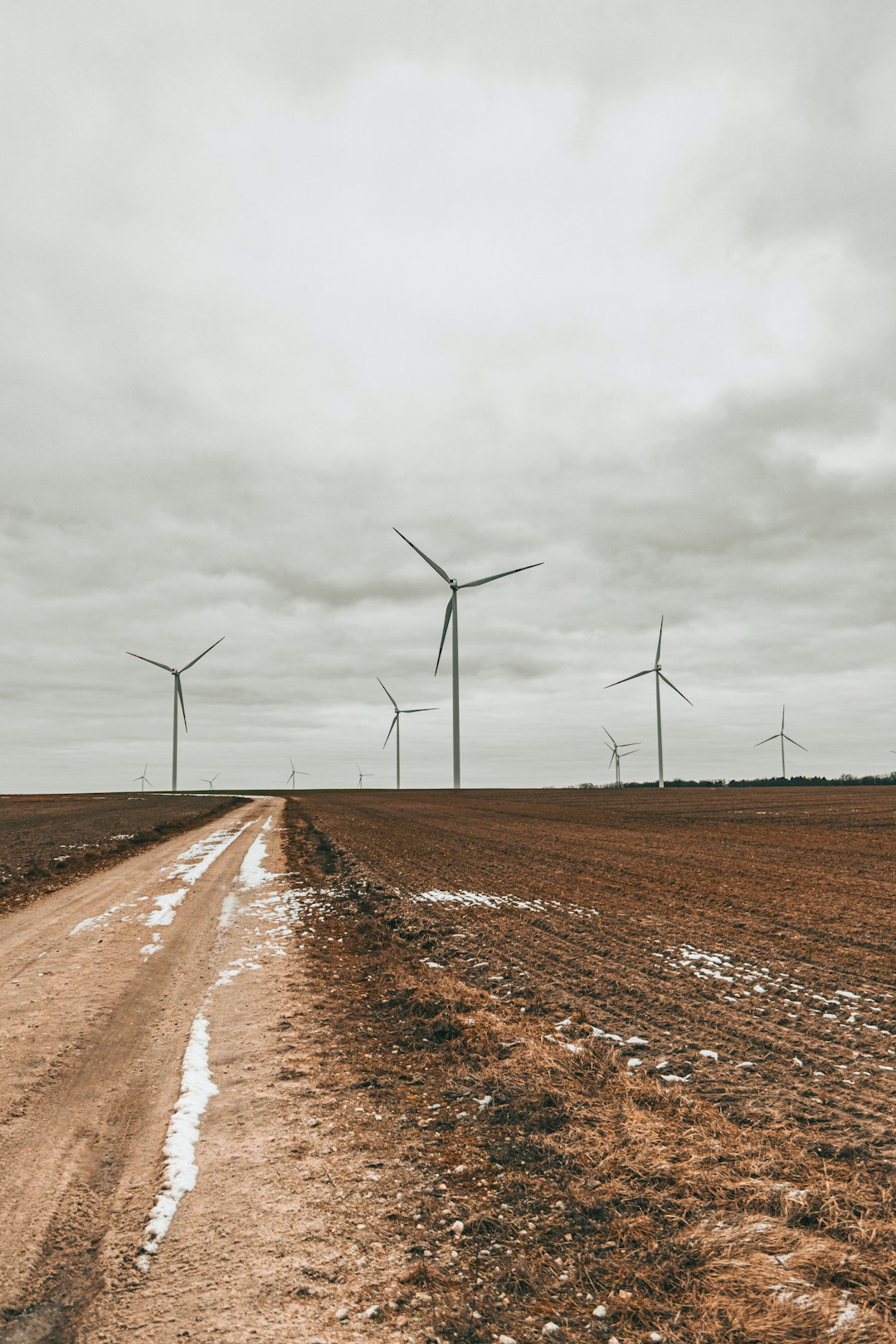
Iowa’s wind farms aren’t just changing the energy landscape – they’re transforming entire rural communities from struggling to thriving. Take Howard County as a perfect example: located on the state’s northern border, Howard County installed its first wind farm in 2008, and today hosts nearly 150 turbines that provided more than $2.7 million in tax revenue in 2024 – about 15 percent of total revenues. Through a special financing method, the county has spent more than $24 million of that on bridges, roads, public parks, and conservation projects at no extra cost. But the wealth doesn’t stop there – wind farm owners pay $20 million a year to Iowa farmers and other rural landowners in lease payments for land where wind turbines are located. Wind farms pay more than $68 million in lease payments to Iowa landowners annually, creating a steady income stream that’s literally life-changing for farming families.
The MidAmerican Energy Wind Revolution
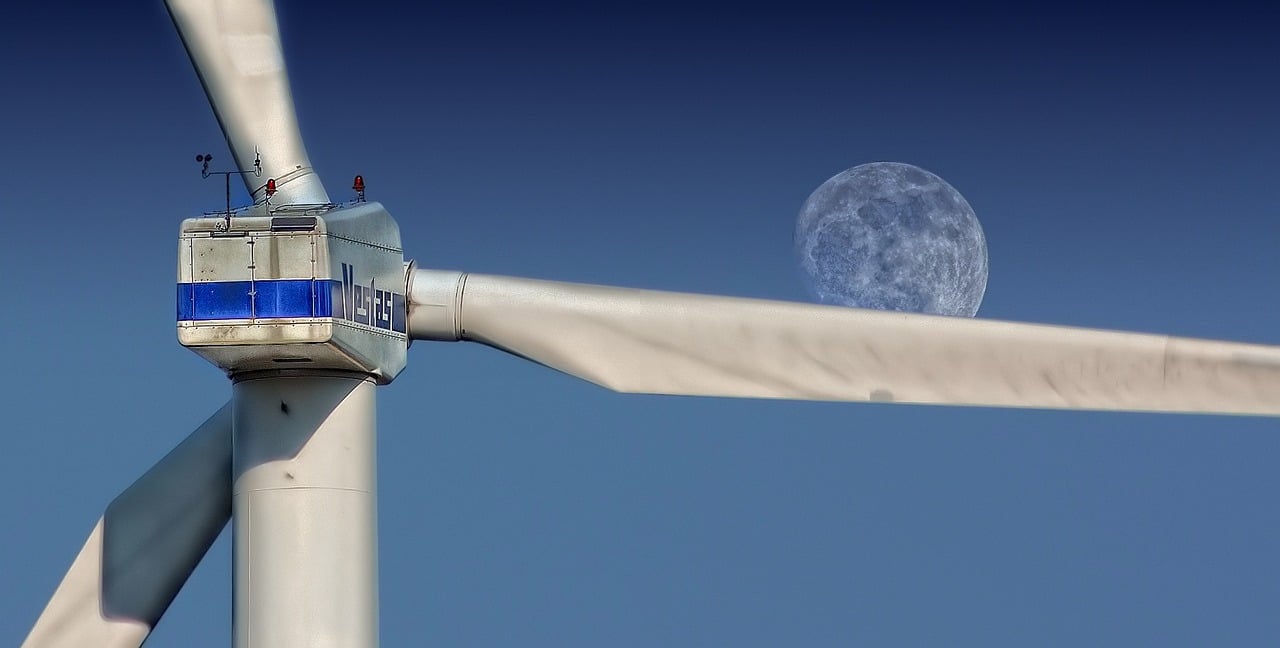
One company stands out as Iowa’s wind energy giant: MidAmerican Energy. Their achievements sound almost too good to be true. In 2022, MidAmerican’s wind fleet generated more than 27,000 gigawatt-hours over the 12-month period, exceeding the total annual usage of the company’s Iowa customers. Let that sink in – they produced more wind energy than their customers consumed! As of 2024, their fleet of wind farms generates more than 7,600 megawatts of electricity – enough to power more than 2.4 million average households each year. The company made history when from October 23 to 24, 2017, wind power provided all the power consumed by MidAmerican Energy’s Iowa customers for the first time, aided by sustained winds of 25 mph with gusts to 40 mph. MidAmerican Energy is investing $3.6 billion to install wind turbines in Iowa by 2019, generating approximately $12.5 million per year in property tax payments statewide, $18 million per year in landowner payments, and $48 million per year in state and local expenditures.
The Technology Getting Bigger and Better
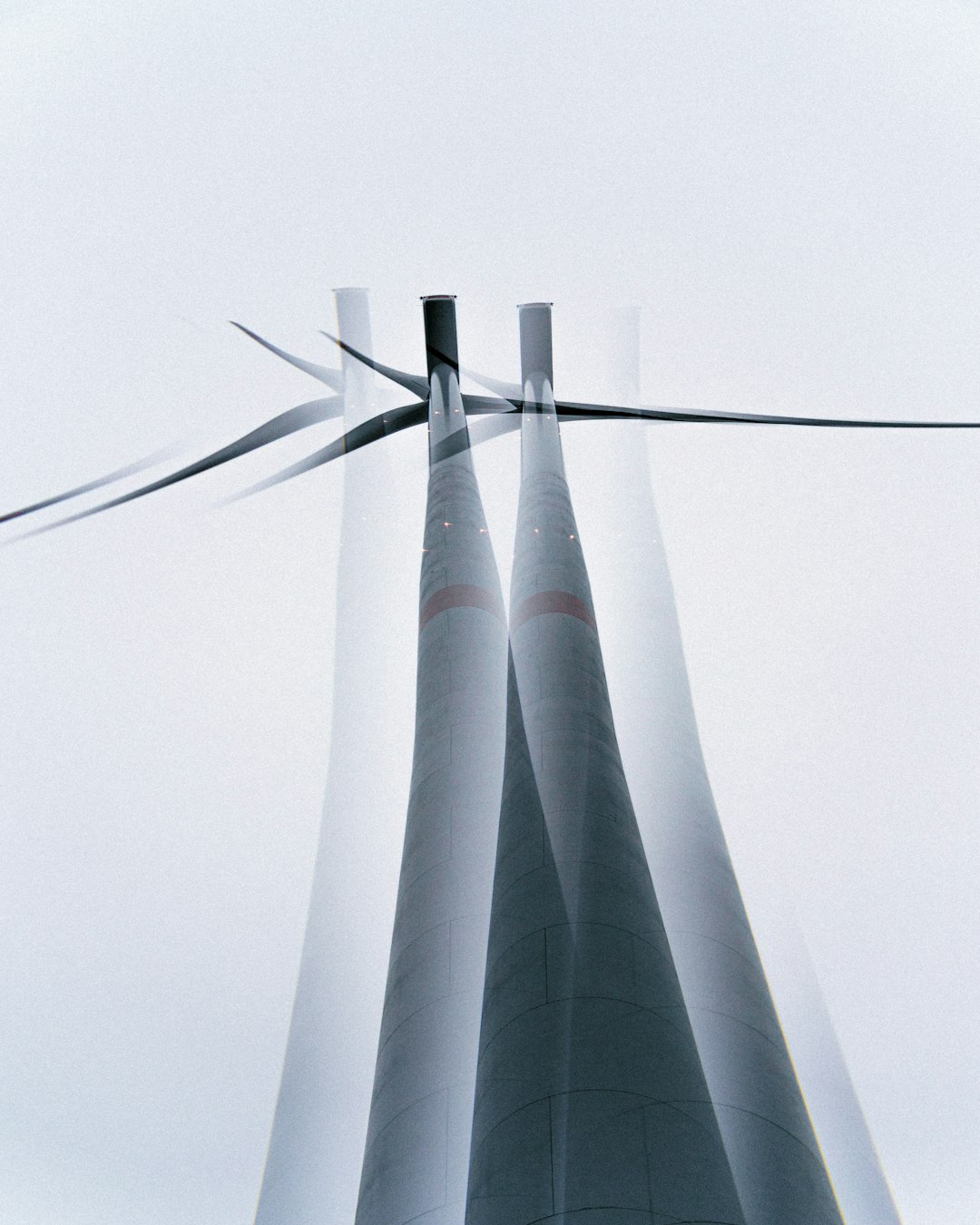
Iowa’s wind turbines aren’t your grandfather’s windmills. These are engineering marvels that keep getting more impressive. The first wind turbines in MidAmerican’s fleet were 71m (approximately 233 feet) tall, but the tallest model is nearly 150m (nearly 600 feet) tall – almost twice as tall as the Statue of Liberty! Taller towers can support longer turbine blades, which generate more electricity for longer periods of time, helping provide Iowa energy users with clean, safe, renewable energy faster. The technology is so advanced that many older turbines are being upgraded with new parts and technologies in a process called repowering. Higher capacity factors approaching 40% have been stated for newer installations, meaning these machines are incredibly efficient at converting wind into electricity.
Becoming America’s Energy Exporter
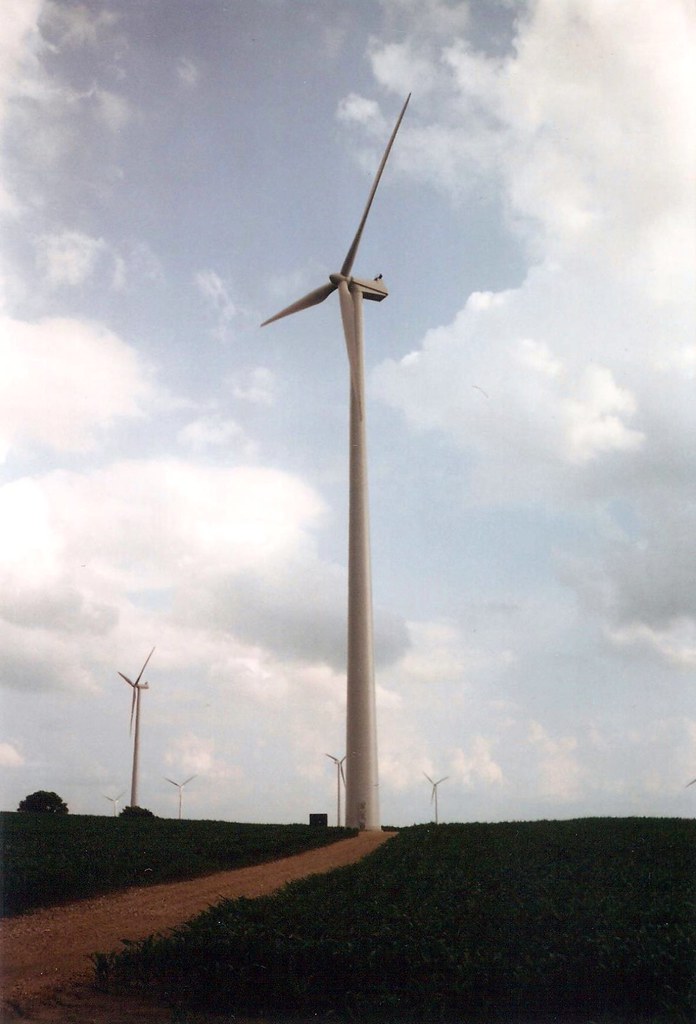
Iowa has achieved something remarkable: it’s become a net energy exporter. Since 2008, Iowa has generated more electricity each year than the state consumed, turning the state into a crucial power supplier for the region. This transformation happened rapidly – in 2019, wind turbines in Iowa generated more electricity than the state’s coal-fired power plants for the first time, with coal’s share declining to 23% of the state’s total electricity net generation in 2023, down from 45% five years earlier, while wind power grew from 34% to 59% in the same period. The state’s wind resources are so abundant that the National Renewable Energy Laboratory estimates Iowa has potentially 570,700 Megawatts of wind power using large turbines mounted on 80 meter towers. The state’s energy plan emphasizes sustainable growth, targeting significant capacity additions to reach between 20 and 50 gigawatts by 2050, with technical potential estimated at 570,700 megawatts.
The Geographic Sweet Spot
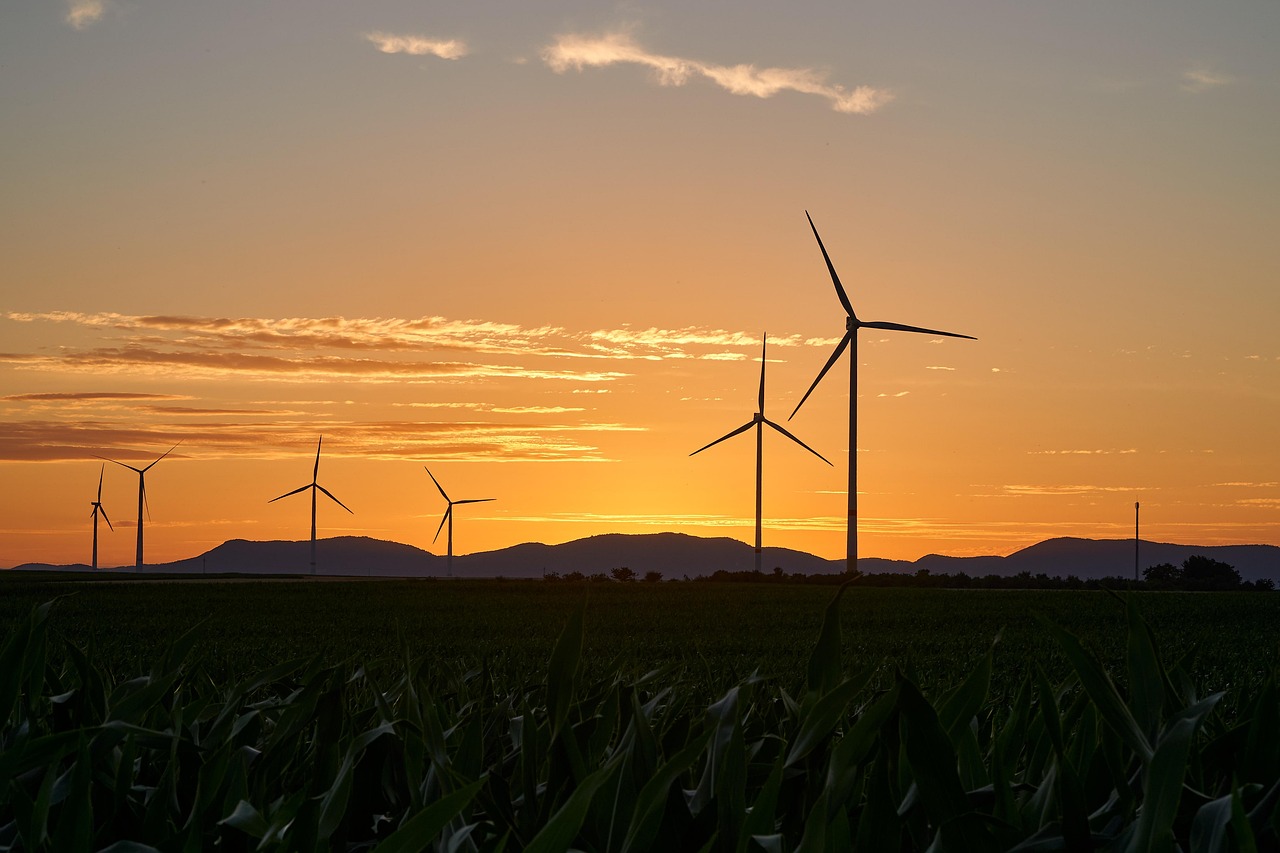
Iowa didn’t become a wind powerhouse by accident – nature dealt this state a perfect hand. The Buffalo Ridge wind farm stands as one of Iowa’s most notable installations, where average wind speeds of 17 miles per hour significantly exceed the 8 mph threshold needed for efficient power generation. Wind farms are most prevalent in the north and west portion of Iowa, where wind maps show the winds in these areas to be stronger on average. The Spirit, Endeavor, Buena Vista, Lost Lakes, and Crosswind Energy wind farms are all located upon the Coteau des Prairies, a slightly elevated area that results in the windiest locations in Minnesota and Iowa. Wind speeds are not consistent from month to month, with wind maps showing they are strongest from November through April, peaking in March, while August has the weakest average wind speeds. Iowa ranks seventh in the country in terms of wind energy generation potential due to the strong average wind speeds in the midsection of the U.S.
Infrastructure Investment Boom
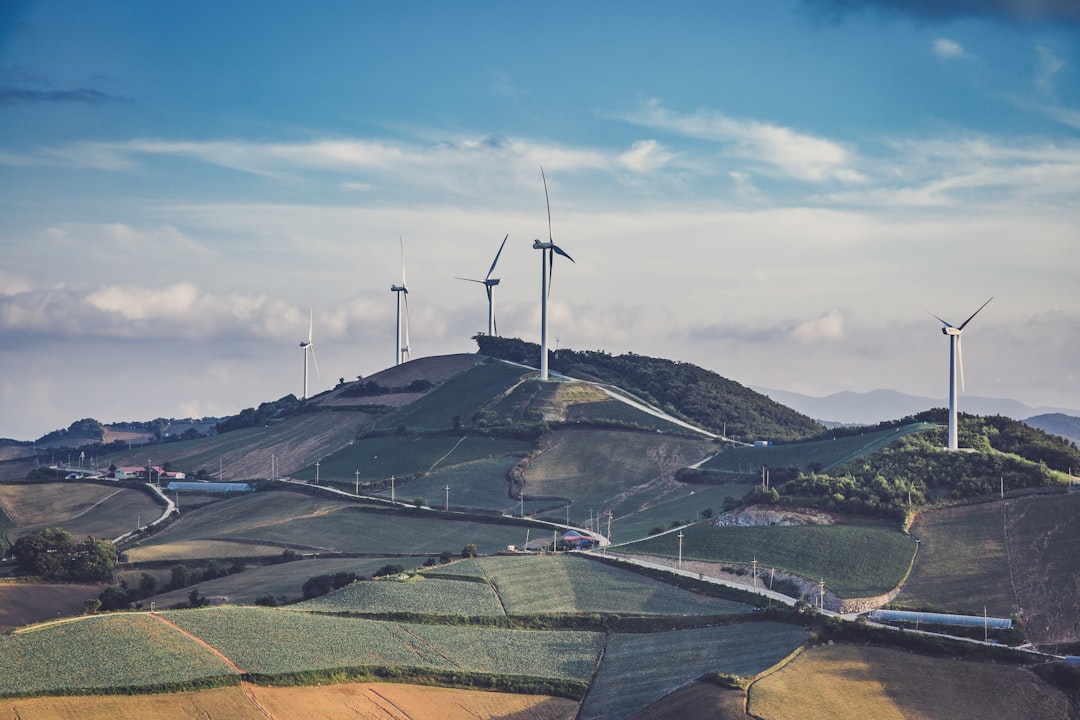
The wind energy boom has triggered massive infrastructure investments that are reshaping Iowa’s economy. Over $16 billion has been invested in Iowa’s wind power projects and manufacturing facilities. Single projects alone represent enormous investments – at a cost of some 1.9 billion dollars, MidAmerican’s Highland Wind Energy Center project became Iowa’s largest economic development project to date, with the Highland Wind Energy Center in O’Brien county having 500 MW of generation capacity. The scale of these projects is staggering: MidAmerican Energy completed five projects in Iowa totaling over 1,000 MW of capacity in O’Brien, Marshall, Webster, Grundy, and Madison counties, with 448 wind turbines manufactured by Siemens. But the infrastructure challenges are real too – according to the Iowa Office of Energy Independence, lack of transmission line capacity is beginning to restrict further growth of wind farms in the state.
The Ripple Effect on Agriculture
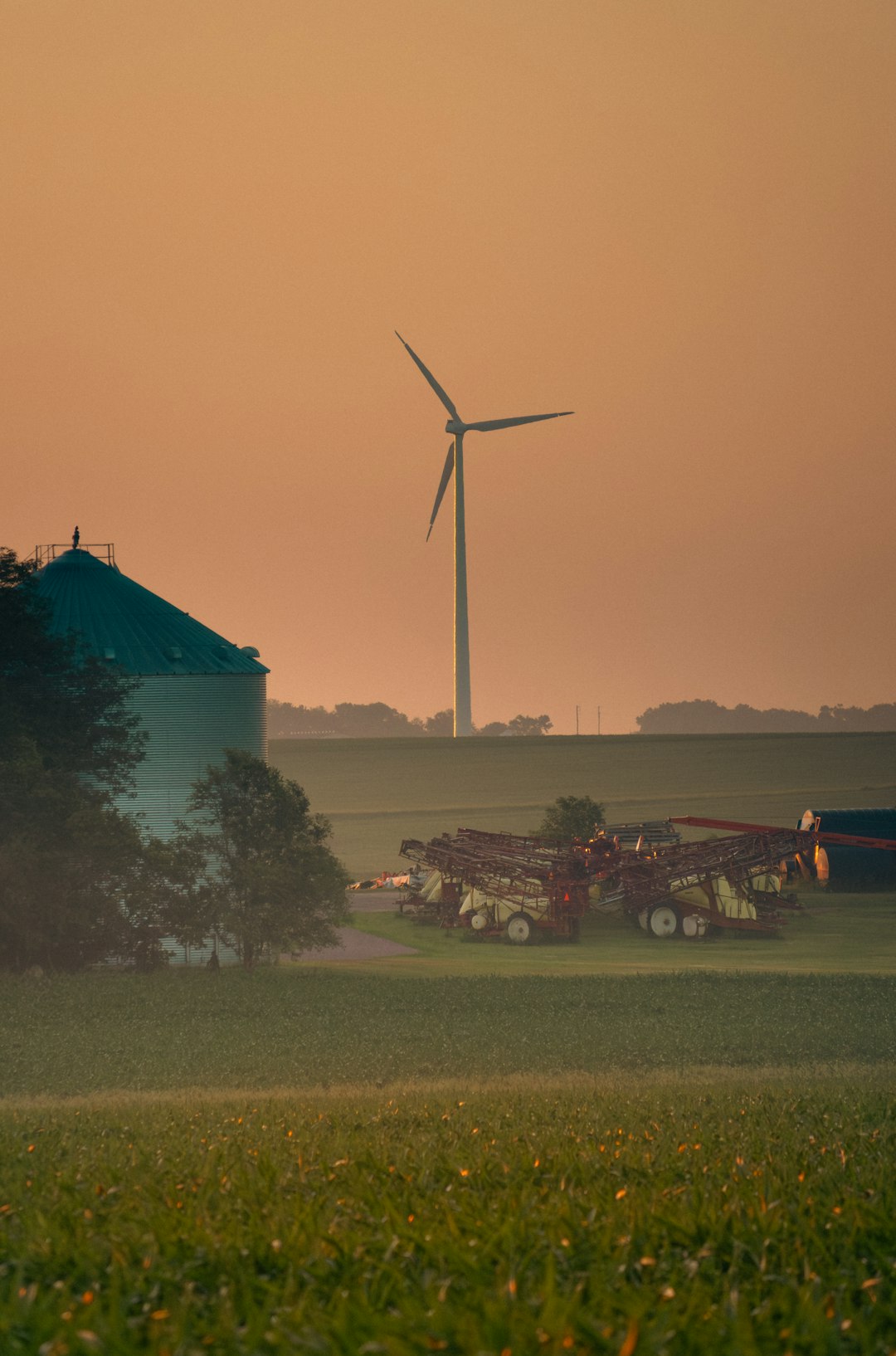
Iowa’s wind farms have created an unexpected partnership with agriculture that goes beyond just lease payments. The integration is so seamless that you’ll see corn fields right up to the base of wind turbines. To even install wind turbines, the land has to have what is known as a low corn suitability ratio, which means the acreage will be more valuable to wind farmers than it is to corn farmers. This creates a win-win situation where farmers can continue agricultural activities while earning substantial lease income. Take Adair County, Iowa, a rural county near Des Moines with a population of 7,054 that was facing hard economic times a decade ago – the declining tax base meant there wasn’t enough money to maintain roads and bridges, but today, thanks to the influx of revenue from wind development, roads have been improved and a new bridge makes travel safe for everyone. The transformation has been so successful that officials have completed most infrastructure projects and are even considering property tax cuts, with MidAmerican announcing it will add an additional 550 MW of wind capacity in Adair County.
Beyond Electricity Generation
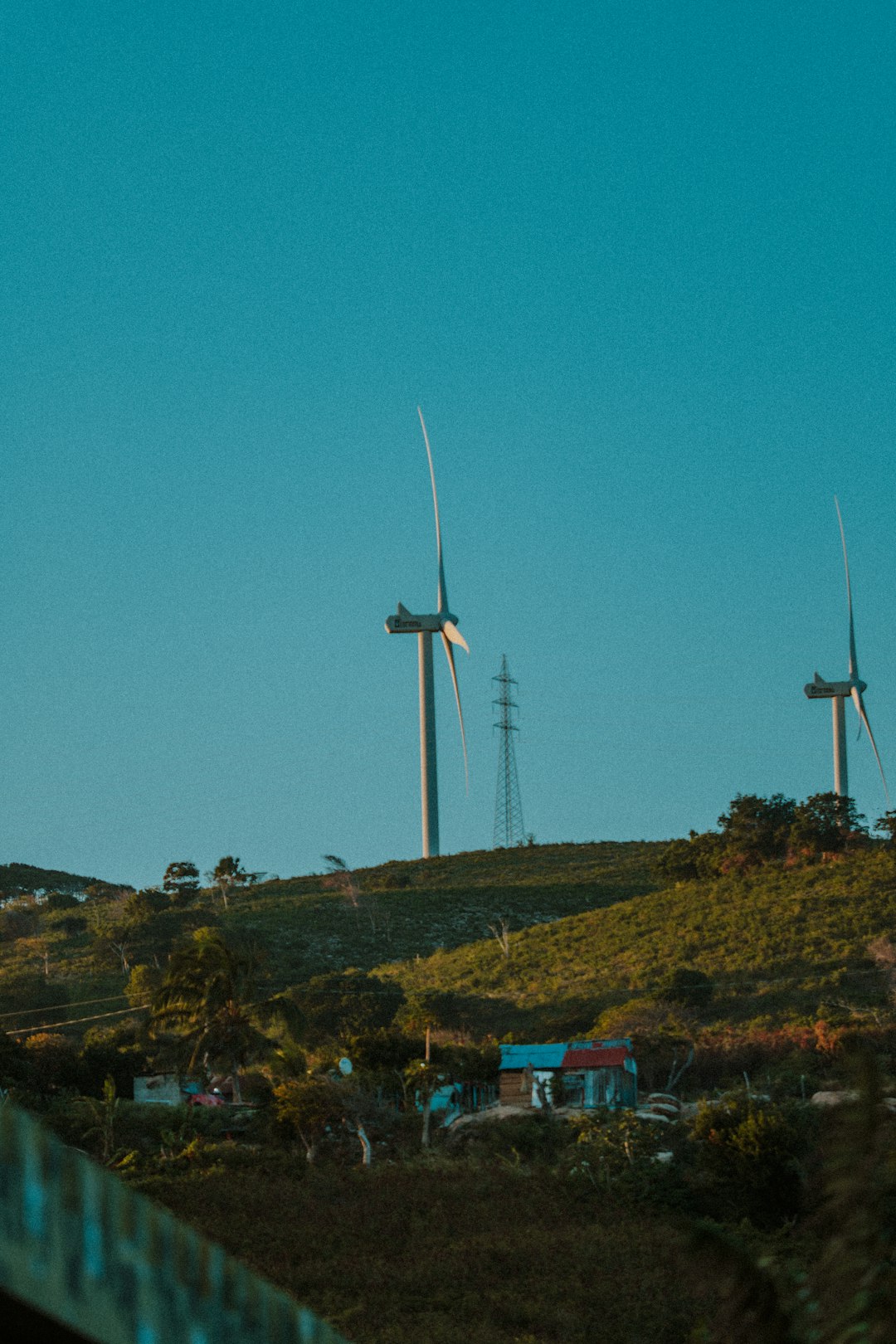
Iowa’s wind energy sector is diversifying into exciting new applications that most people never think about. The state is pioneering innovative uses of wind power that go far beyond just generating electricity for the grid. VERBIO selected Nevada, Iowa as home base for its North American operations, building on the grounds of a former DuPont cellulosic ethanol plant, with phase one having the capacity to process more than 100,000 tons of corn stover, equating to an output of seven million gallons of renewable natural gas per year. Meanwhile, Clinton, Iowa was chosen as headquarters of Spiber’s North American location for the production of Brewed Protein, which can be processed into fibers for clothing and textiles, high performance auto parts, and animal-free fur and leather alternatives, with Spiber combining its technology with ADM’s expertise to yield a ten-fold increase in production. These companies are using Iowa’s renewable energy infrastructure to power entirely new types of manufacturing that simply wouldn’t be economically viable without abundant, cheap wind power.
The Economic Development Magnet
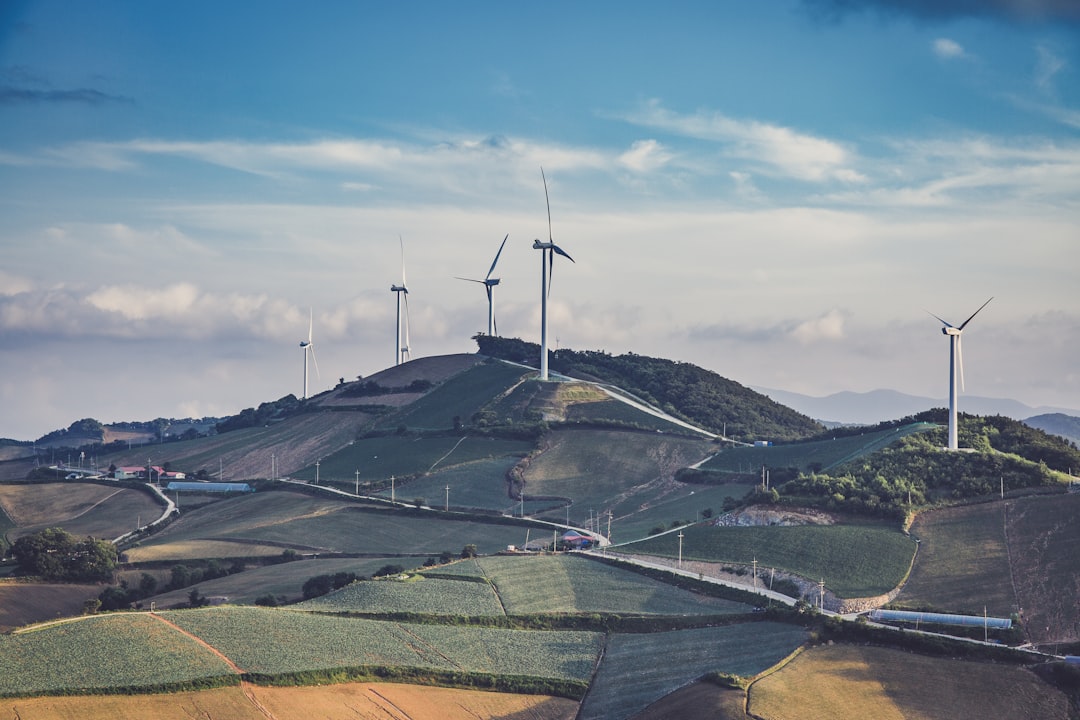
Iowa’s wind energy success has turned the state into a magnet for companies looking for clean, affordable power. Companies find it attractive to go to areas that have affordable sugar sources, well-developed infrastructure, economic stability and good access to highly skilled labor. The wind industry has created a clustering effect where related businesses want to locate near each other. Each state’s unique approach to wind energy development has created thousands of jobs, generated significant tax revenue, and provided stable income for rural communities through land lease payments. According to Moody’s, wind farms have improved the finances in more than 400 counties in 41 states, which is more than double the counties that had wind farms 10 years ago. Property tax revenue and landowner lease payments generated from wind energy support rural communities and farmers, creating a virtuous cycle where success breeds more success.
The Future Expansion Plans
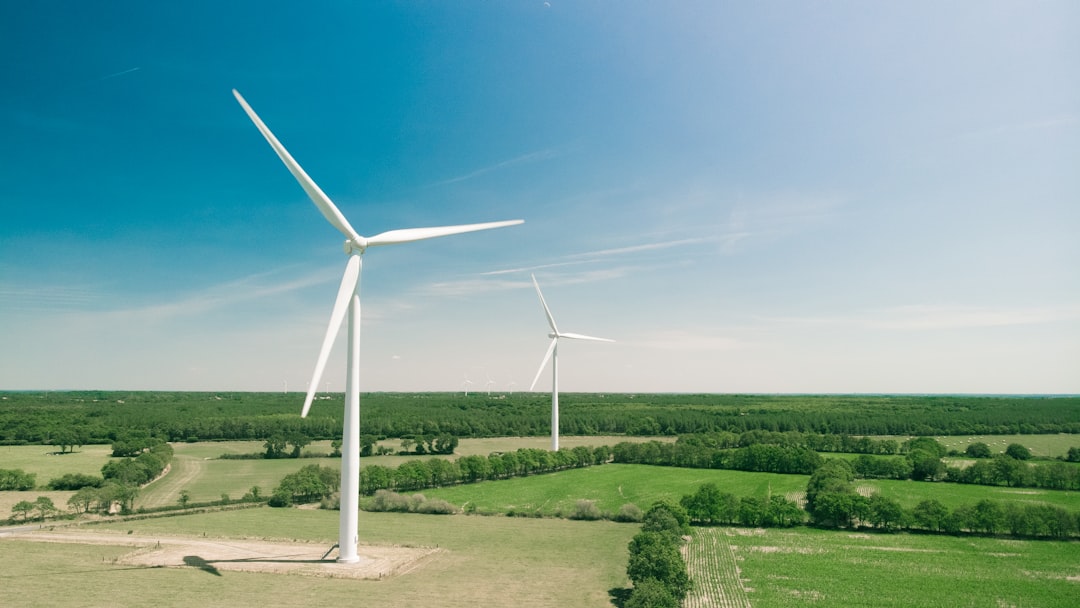
Iowa’s wind energy story is far from over – if anything, it’s just getting started. New projects under development are expected to boost Iowa’s capacity to over 14,700 MW by late 2024, representing a massive expansion from current levels. Iowa’s wind energy capacity is expected to grow from 12,219 megawatts (MW) to more than 14,700 MW in the next several years, with another 1,000 MWs expected to come online in 2022. The potential for growth is enormous: with technical potential estimated at 570,700 megawatts, Iowa maintains substantial room for expansion. However, there are challenges ahead. Approximately 7 GW of onshore wind capacity has been fully repowered in the U.S., while an additional 12 GW has been partially repowered, with around 10,000 turbines decommissioned and another 6,000 expected to be retired in the next 10 years. This creates both challenges and opportunities as older turbines need upgrading or replacement.
What started as a few wind turbines on Iowa’s prairies has become a complete transformation of the state’s energy, economic, and industrial landscape – and it’s still growing. Did you expect wind farms to power so much more than just your light switch?


